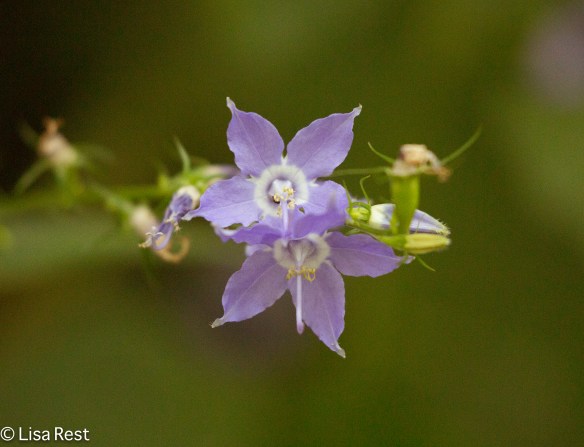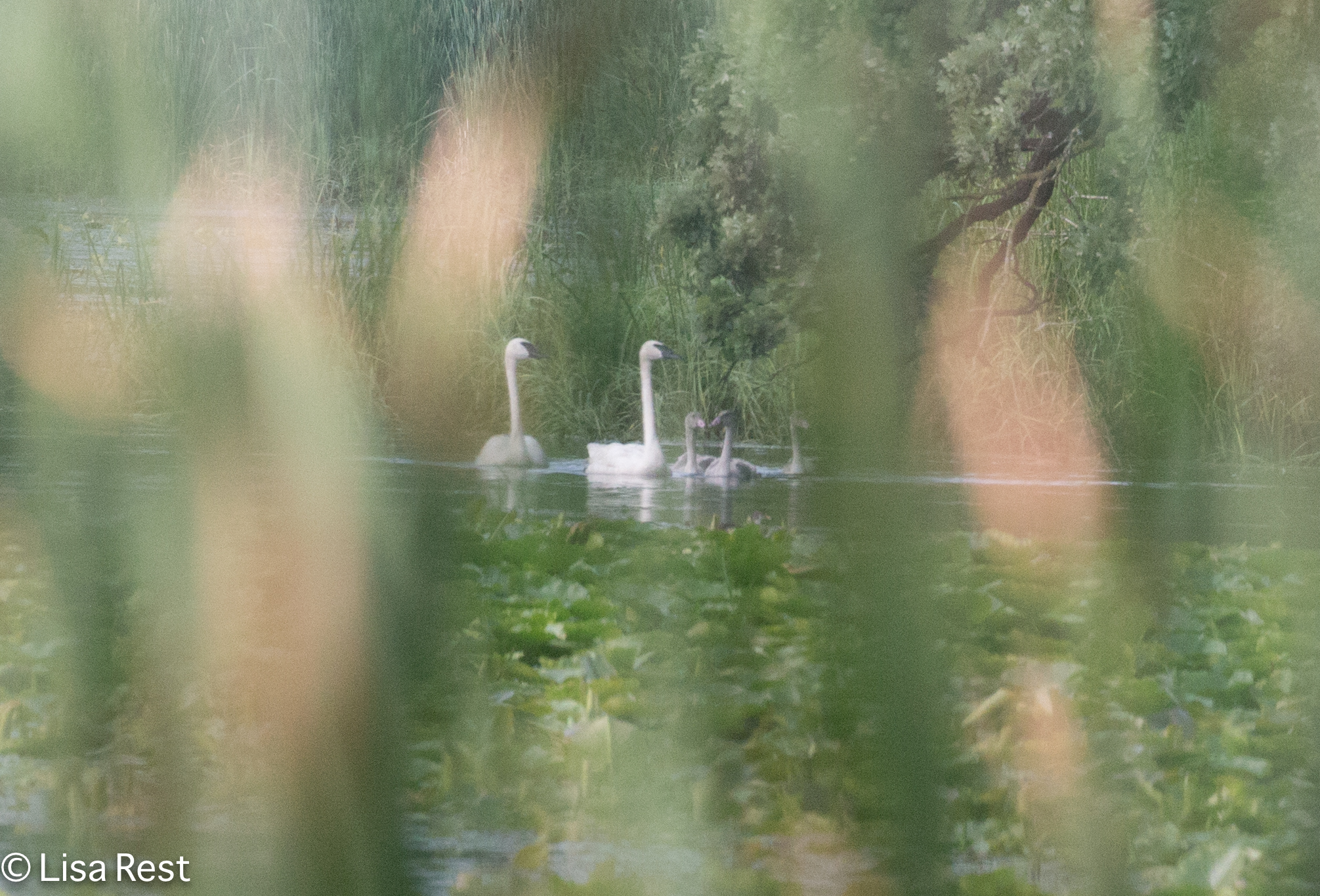
I started writing this post days ago, after I stopped by the Chicago Portage on Thursday morning. Judging from all the large trucks in the parking lot, I deduced that the work on the inside trail was finally being done. My first instinct was to leave, but there was a parking space, so my curiosity got the better of me and I started to walk. Halfway up the trail closest to Harlem Avenue, a huge truck drove past me going in the opposite direction. Undeterred, I made my way slowly toward the bridge.
As I walked the path into the Portage, I noticed that one of my favorite plants is blooming, the Prairie Coneflower below on the left. I have never seen the white flower next to it before. It’s identified as Hedge Bindweed.


Butterflies are present, if not numerous. The red milkweed is a favorite of Monarchs. I am not sure what the little yellow flowers are that have attracted the Red Admiral and the Cabbage Whites, but it looks like Turkish Rocket or Turkish Warty-cabbage, also known as bunias orientalis. Non-native and invasive.
I had a rare look at a Daddy Longlegs.

Woodpeckers are out and about now, after weeks of hiding. I followed this Northern Flicker with the lens.
And a Red-bellied Woodpecker that looks a bit new. This is also the individual at the top of the post.
Young European Starlings were busy exploring.
More starling activity.
So here’s a little sneak preview of the asphalt trail. It was evident on Thursday morning that part of it had already been completed, and it was good to know the work would be finished. I returned Monday and Tuesday of this week and will catch up with those photos later.



The burdock made an interesting perch for this young Red-winged Blackbird.
And below is another juvenile Red-winged Blackbird.

American Robins abound and every once in a while, one strikes a pose.
A Turkey Vulture flew over low enough for a good view.




I have seen a clump of the White Campion below growing at one point on the trail. It’s related to the Starry Campion that showed up for the first time in my front yard this year.
Below is a photo from my phone which does better closeups than the big lens.

I caught a glimpse of a young-looking Song Sparrow below.

And a juvenile Great-crested Flycatcher.

Most gratifying of all that day was seeing a couple Yellow Warblers. I knew they were still around but haven’t heard or seen any for a few weeks.
Encroaching thunderstorms this morning will likely delay my departure for the pool. I decided not to consider a walk in Riverside even though I miss going there, it’s been over a week. The garden tour on Saturday consumed all my energy all the way leading up to it, Sunday and afterward. I am still exhausted just thinking about it. But it has been nice to start getting some other things done too. And I have developed a taste for iced coffee to help with that.
There is currently a downpour. It’s very dark for ten o’clock in the morning. I will be back as soon as possible with a report on the garden tour. Thunder. I am thinking about all the things I forgot to bring in before this. Nothing critical. Just more stuff on the brain.




































































































































































































































































































































































